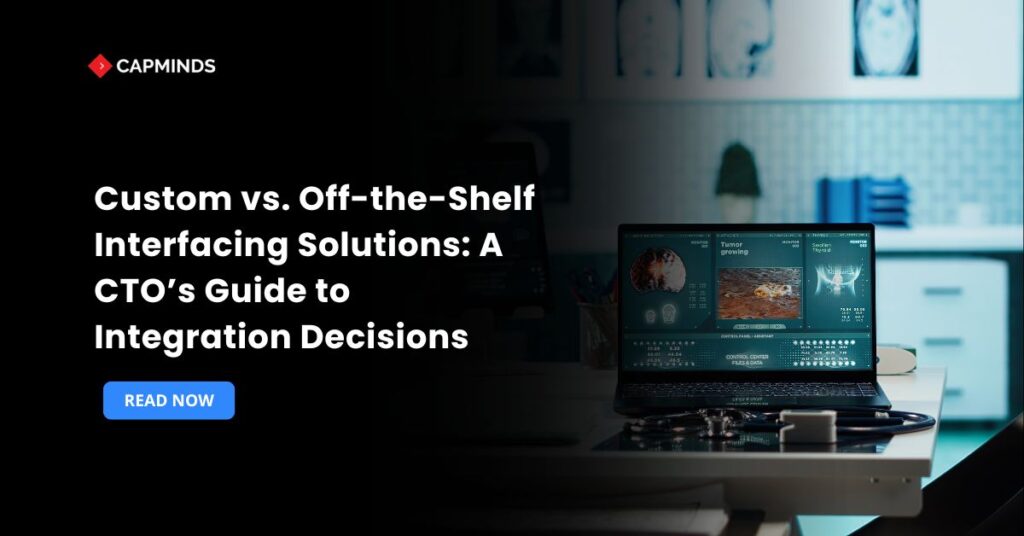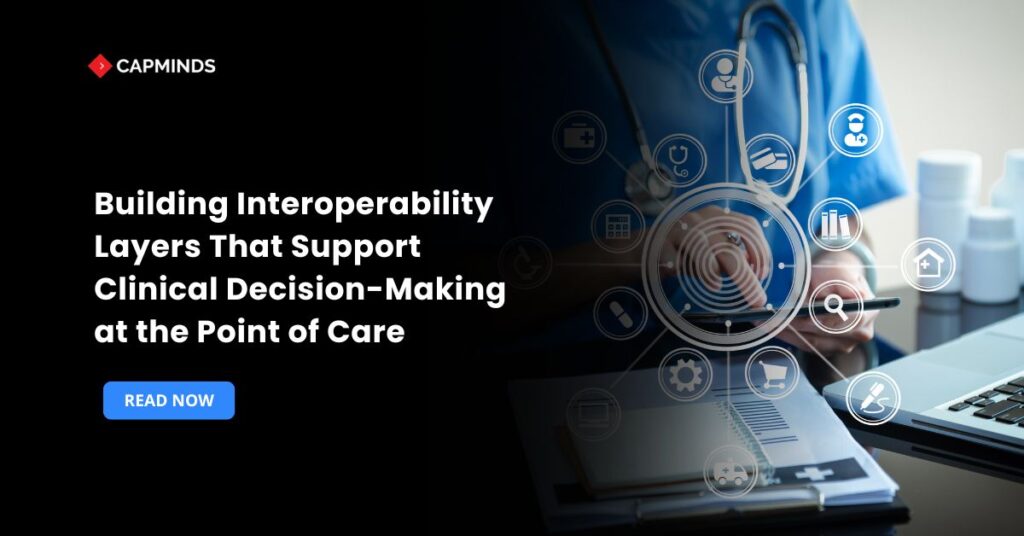Healthcare interoperability Solutions
Healthcare Interoperability Solutions
for a Connected Future
Boost care delivery with powerful clinical data interoperability solutions.
We help you to connect systems, unify data, and achieve
better outcomes across your network.


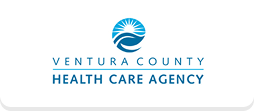

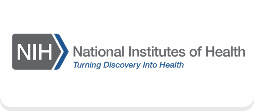
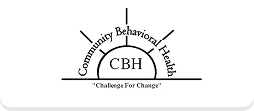
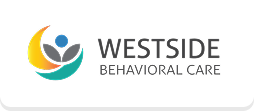
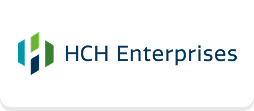
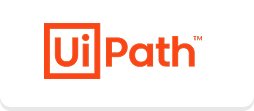
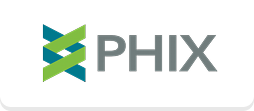
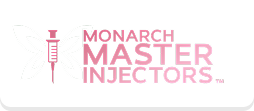

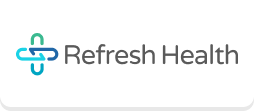
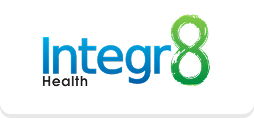
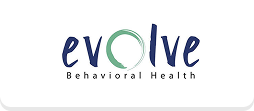




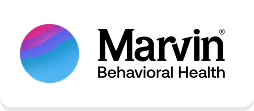

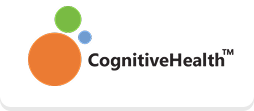






















No more regulatory roadblocks! CapMinds ensures your data
exchange is secure, seamless, and fully compliant.
Healthcare providers face constant challenges in meeting interoperability mandates, such as HIPAA, FHIR, and HL7, while managing fragmented platforms and legacy systems.
At CapMinds, our standards-based interoperability solutions are built with compliance at the core. We integrate EHRs, labs, imaging systems, and APIs securely — giving providers a unified patient record that meets today’s evolving regulations. With us, you reduce compliance risks while improving care coordination.
How CapMinds Can help?
We deliver end-to-end medical billing audit services that result in reduced claim denials, faster
reimbursement, improved compliance scores, and a boost in your practice revenue.
0 %
0 %
0 %
0 $
CapMinds Healthcare Interoperability Solutions for Seamless Data Exchange
HL7 & FHIR Integration Services
- At CapMinds, we offer the best healthcare software integration by implementing HL7 v2, HL7 v3, and FHIR standards.
- Our interoperability experts analyse, build, and implement secure interfaces that connect disparate EHRs, labs, pharmacies, and other health systems.
- With our real-time integration services, healthcare providers can get access to complete patient health records and deliver coordinated care.
- Integrating FHIR API with Existing Systems
- Building a Native FHIR System from Scratch
We offer FHIR integration models for healthcare systems, including:
EHR & EMR Connectivity
- At CapMinds, we ensure stronger connectivity between leading EHR platforms like Epic, Cerner, Allscripts, NextGen, and OpenEMR by offering the best EHR integration solution.
- Here, every healthcare provider involved in patient care gets access to updated and complete patients’ medical histories.
- By connecting and ensuring EHR interoperability across different healthcare applications, we help organisations to improve clinical workflow and support better decision-making.
- Multi-EHR Integration
- Cross-Platform Data Sharing
- Custom API & HL7/FHIR Connectivity
- Legacy System Integration
Our EHR interoperability solutions include:
Imaging & DICOM Interoperability
- CapMinds supports secure image exchange through successful DICOM integration, enabling radiology images and reports to flow seamlessly across providers without any intervention.
- Our experts validate DRGs, POA indicators, and physician documentation practices to ensure coding accuracy from the start.
- We ensure that medical imaging data is interoperable with EHRs and PACS systems, reducing delays in diagnostics and improving collaborative care.
- Seamless PACS & EHR Integration
- Standards-Based DICOM Exchange
- Multi-Format Image Support
- Cloud-Enabled Image Storage & Access
Our healthcare interoperability workflow solutions also include:
API-Driven Interoperability Solutions
- Using modern RESTful APIs and FHIR-based frameworks, we deliver fast, scalable data interoperability solutions for healthcare practices.
- APIs simplify the entire integration process with reliable mobile health apps, remote patient monitoring tools, and other third-party platforms.
- We help healthcare organisations drive digital healthcare innovation, reduce expenses, and provide quality healthcare to patients.
Custom Interface & Channel Development
- CapMinds specializes in building custom interfaces and channels that seamlessly connect diverse healthcare systems like small clinics, specialty centers.
- Labs and pharmacies.
- Using Mirth Connect and advanced middleware, we design scalable data flows to support the unique clinical and operational needs of healthcare practices, and also make sure our customization services minimize manual data entry and improve operational efficiency.
- HL7, FHIR & DICOM Channel Creation
- EHR & Third-Party Application Connectivity
- Workflow-Specific Customization
- Scalable Middleware Development
Our key healthcare interoperability solutions include:
Clinical & financial Integration
- Make your clinic integrate & connect easily with different systems to make care delivery smoother.
- At CapMinds, we empower your practice with EHR-integrated lab, imaging, e-prescribing, EPCS, and pharmacy without disruptions.
- Financial integration is vital for healthcare organizations, and we make those complications easier for you.
- We effectively handle detailed claims & financial transactions, clearinghouses, patient payment collections, and payment processing on time, and help to improve patient satisfaction.
Healthcare Interoperability Consulting Solutions
- CapMinds offers expert consulting solutions to help healthcare organizations overcome the complexities of interoperability.
- We research, analyse your existing systems, identify gaps, and redesign strategies for powerful data exchange across EHRs and third-party applications.
- Our healthcare integration experts specialize in data standards to ensure secure, standards-compliant integration.
- From planning to execution, we make sure your interoperability roadmap delivers compliant solutions with measurable outcomes.
- Interoperability Readiness Assessment
- Custom Interface & API Development
- Compliance & Security Advisory
- Optimization & Change Management
Our key consulting solutions include:
Who Do We Serve?
Powerful Healthcare Interoperability Features
Drag-and-Drop Interface Builder
We provide a visual builder that lets you design HL7, FHIR, and X12 channels with zero coding. Our built-in templates cut onboarding time by up to 40%.
AI-Driven Mapping & Validation
Our system auto-suggests mappings, flags anomalies, and learns with each transaction – ensuring higher data accuracy and faster go-live for interoperability projects.
Real-Time Monitoring Dashboard
We help our clients to achieve 2× faster data exchange and real-time SLA compliance tracking, helping operations teams act before issues impact care.
Smart Error Resolution Engine
We provide self-healing routines that automatically resolve 90% of common data format errors. We ensure every action is logged for root-cause analysis and regulatory reporting.
Secure Cloud & On-Prem Deployments
We offer fully managed, ISO-27001/SOC 2 certified cloud or on-prem options. Our secure end-to-end encryption option helps you achieve seamless interoperability.
API & Middleware Development
We help you build custom APIs to meet your needs and middleware to integrate non-standard systems and devices in a short period with ease.
Optimize Healthcare Data Flow
Get a free interoperability workflow audit — identify bottlenecks, save time, and prevent costly compliance gaps.
What Makes Us a leading healthcare interoperability platform?
Case Study
Title – Integrating HL7, FHIR, & API Capabilities with CapMinds
Challenge – Achieve seamless interoperability across multiple healthcare systems.
Solution – Deployed a scalable HL7, FHIR, and API integration framework with rapid interface development.
Results – Successfully delivered a cost-efficient, high-speed interoperability framework.
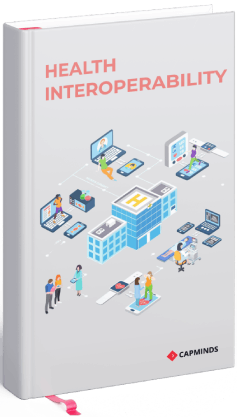
What makes us a trusted healthcare interoperability company
CapMinds is globally recognized for excellence in Healthcare IT security, regulatory compliance, responsive support, and service quality. Trusted by leading healthcare organizations, we uphold the highest standards to safeguard patient data, ensure uninterrupted operations & deliver solutions you can rely on.
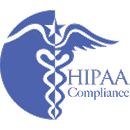


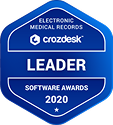
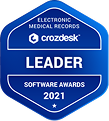
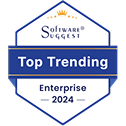

What Our Clients Say
Hear from healthcare leaders who’ve transformed their operations with our service & solution.
Let’s Simplify Healthcare Interoperability with CapMinds
Consult with our experts and claim your complimentary interoperability assessment now.
- Accelerated HL7 & FHIR Integrations
- Scalable Multi-EHR Connectivity
- 24/7 Expert Technical Support
- 100% HIPAA & ONC-Compliant Solutions
FAQ
1. What is healthcare interoperability, and why is it important?
Healthcare interoperability is the ability of different systems, EHRs, and applications to securely exchange and use patient data. It improves care coordination, reduces errors, and ensures providers have real-time access to complete patient records.
3. What are the biggest challenges organizations face in achieving interoperability?
Key challenges include siloed data, incompatible legacy systems, high integration costs, and compliance with HIPAA and ONC regulations. Overcoming these requires scalable, standards-based solutions.
5. How can interoperability help reduce administrative costs and claim errors?
By automating data flows, interoperability reduces manual entry, eliminates duplicate records, and minimizes claim rejections—cutting down revenue leakage and administrative costs.
7. What makes CapMinds’ interoperability services different from other providers?
Unlike generic vendors, CapMinds delivers end-to-end, tailored solutions—from EHR connectivity to compliance and ongoing 24/7 support. We focus on reducing costs, ensuring HIPAA compliance, and building future-ready healthcare networks.
9. What is the role of FHIR and HL7 in interoperability?
HL7 has long served as the backbone of healthcare messaging, while FHIR provides modern, RESTful APIs for real-time data exchange. Together, they power interoperability by ensuring that patient data can move securely across systems, apps, and devices.
2. How do HL7 and FHIR standards support interoperability in healthcare?
HL7 provides messaging standards for structured health data, while FHIR enables modern API-based data exchange. Together, they ensure seamless, secure communication between diverse healthcare systems.
4. Are healthcare interoperability solutions HIPAA and ONC compliant?
Yes. Modern interoperability solutions are built to meet HIPAA, HITECH, and ONC standards, ensuring patient privacy, secure data exchange, and regulatory compliance.
6. How does CapMinds use Mirth Connect to deliver secure and scalable interoperability?
CapMinds leverages Mirth Connect to integrate EHRs, labs, imaging, and billing systems through HL7, FHIR, and DICOM standards. Our custom channels ensure fast, secure, and scalable data exchange.
8. How do healthcare interoperability vendors differ in their approach?
Healthcare interoperability vendors vary in focus—some specialize in API-driven data exchange, others in EHR integration, imaging interoperability, or claims automation. Choosing the right vendor depends on scalability, compliance, and the ability to support HL7, FHIR, and DICOM standards.
10. Why should providers invest in FHIR interoperability solutions?
FHIR interoperability solutions enable fast, secure data sharing through lightweight APIs. They reduce integration costs, improve mobile health app connectivity, and ensure compliance with ONC and CMS regulations for patient data access.
